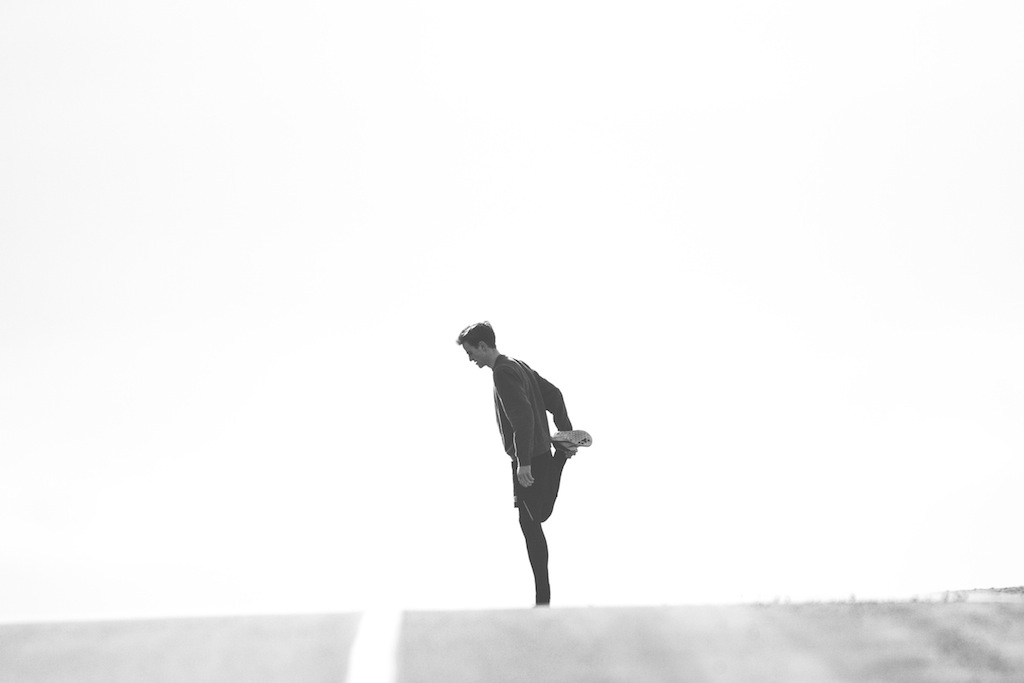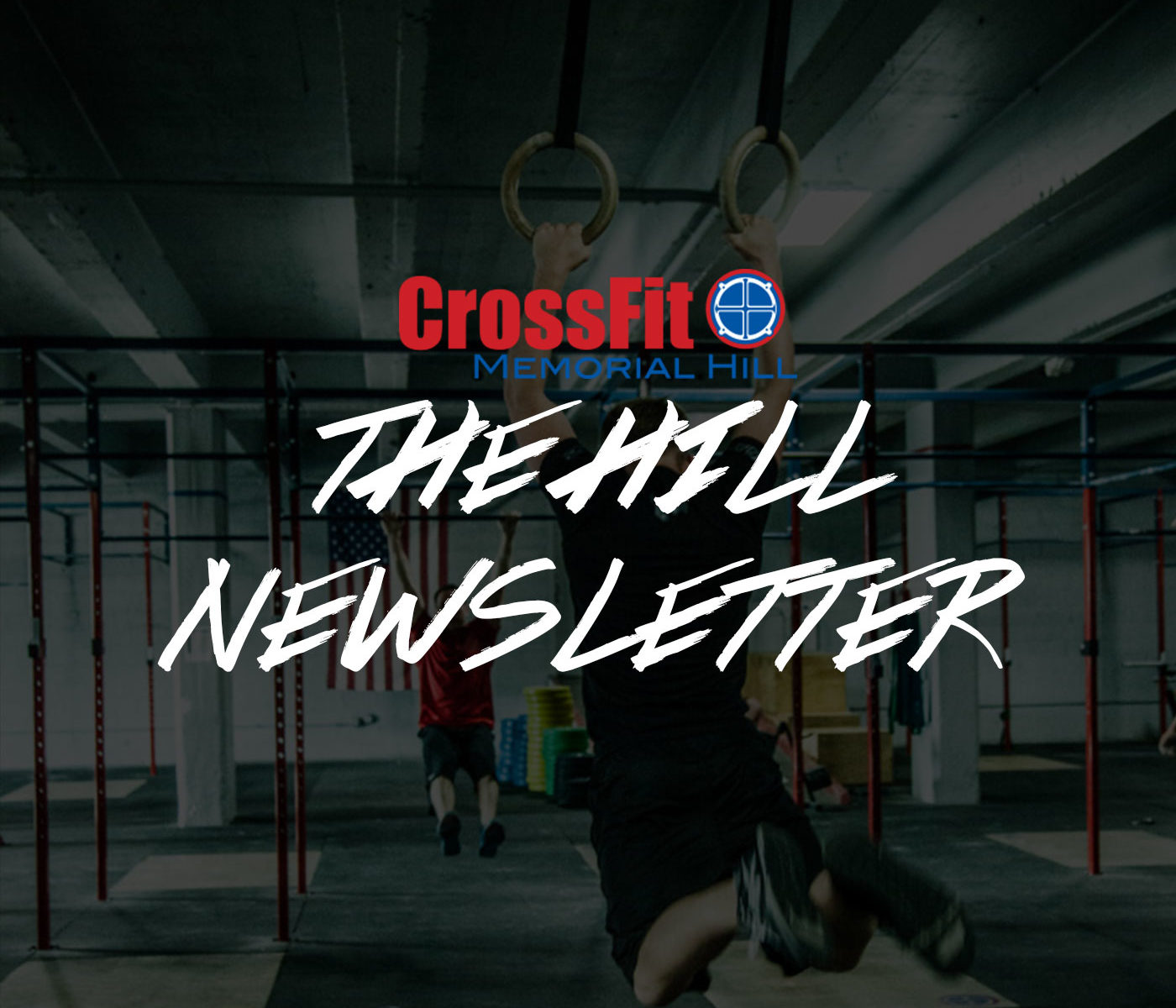Last week at an unofficial team meeting I posed a thought experiment: How many times today will a physician or other healthcare provider say some variation of the following: “Eat better, move more, smoke less.”
One million times? 10 million? 50 million?
Yet, what is the net result from each of these conversations? The leading causes of preventable deaths that fall into each category are rising year-over-year.
In short, these directives are doing nothing to measurably move the needle. This is not to say that they shouldn’t be a part of the medical discourse – but we need more.
Here’s another thought experiment: How many times a year does someone say “I need to get in shape”. I’m sure this is in the hundreds of millions as well. Yet, what is the net result?
My issue with each of these statements is twofold: 1. They’re passive in nature and 2. They ignore the ways humans actually change. Let’s unpack each.
Passive
I hate the idea of “getting in shape”. Primarily because it assumes that “in shape” is a place that we arrive. A destination. A place where we’re finally OK with ourselves. Here’s a little secret – the people you view as “in shape” may not be happy with themselves or their “shape-ness”. People who are happy with their “in-shapeness” are happy because they have developed habits of happiness independent of their fitness level – gratitude, service, positivity, mindfulness – things entirely unrelated to their physical prowess.
Secondly, “getting in shape” feels too passive. As if one will receive fitness instead of accumulating years and years of small habits and decisions leading you to “in shape”. Instead, I’d encourage you to say something along the lines of: “Today I will do a little something that in-shape Me would do. Tomorrow I’ll do it again. In a few months, I’ll add another ‘little something’”.
Don’t ignore reality
In a recent episode of our Podcast, we dissected the 5 Stages of change: Pre-Contemplation, Contemplation, Preparation, Action, and Maintenance. This model of change suggests that most people (pssst…that’s probably you) will spend 18 months in the first 3 stages. Before any action is actually taken!!! This isn’t even the hard part. Once you actually do take action, you’ll enter the Maintenance phase. Most people will actually fail here and recycle through the stages.
Let me be clear: It is very difficult for human adults to change.
Not only is this true in research, but it holds up anecdotally with every physician and fitness professional with whom I’ve discussed this idea.
The amount of support and positive reinforcement necessary to actually change your current circumstances cannot be overstated. Habits must continually be reinforced and aggregated over many many many months. No amount of inspiration or motivation will carry you through the Maintenance phase. You will run out of “let’s do this! I’m gonna get in shape!”
Here’s my proposition if you find yourself as part of any of these conversations:
I need to get in shape. Instead of thinking of “shape” as a destination and something that “just happens”, think of it in terms of accumulation. Start small and work out – no drastic life overhauls. Cook your own breakfast for 12 weeks. Nothing more. You’ll begin to intuit the next habit to take on.
“In shape” is not something that just happened to the people you see as “in shape”. Sure, they make it sound really easy but please understand that this is because it has become habit. No one ever says “it’s sooo hard to brush my teeth” or “how am I ever going to get these shoes tied?!?!?” because it is a regularly accepted habit. Now what you can do is look at a toddler first developing the habits of brushing teeth and tying shoes. See how much they fight it? How many excuses they have for not learning or completing the task? When you’re first being told to brush your teeth daily, it’s all-consuming. The anxiety, time commitment, the taste of the toothpaste, the indication that it’s bed time. Sound familiar?
That’s it. I don’t want you to get in shape. I’d like you to: 1. Be OK with your current shape. 2. Test out a couple habits and 3. Find support.








